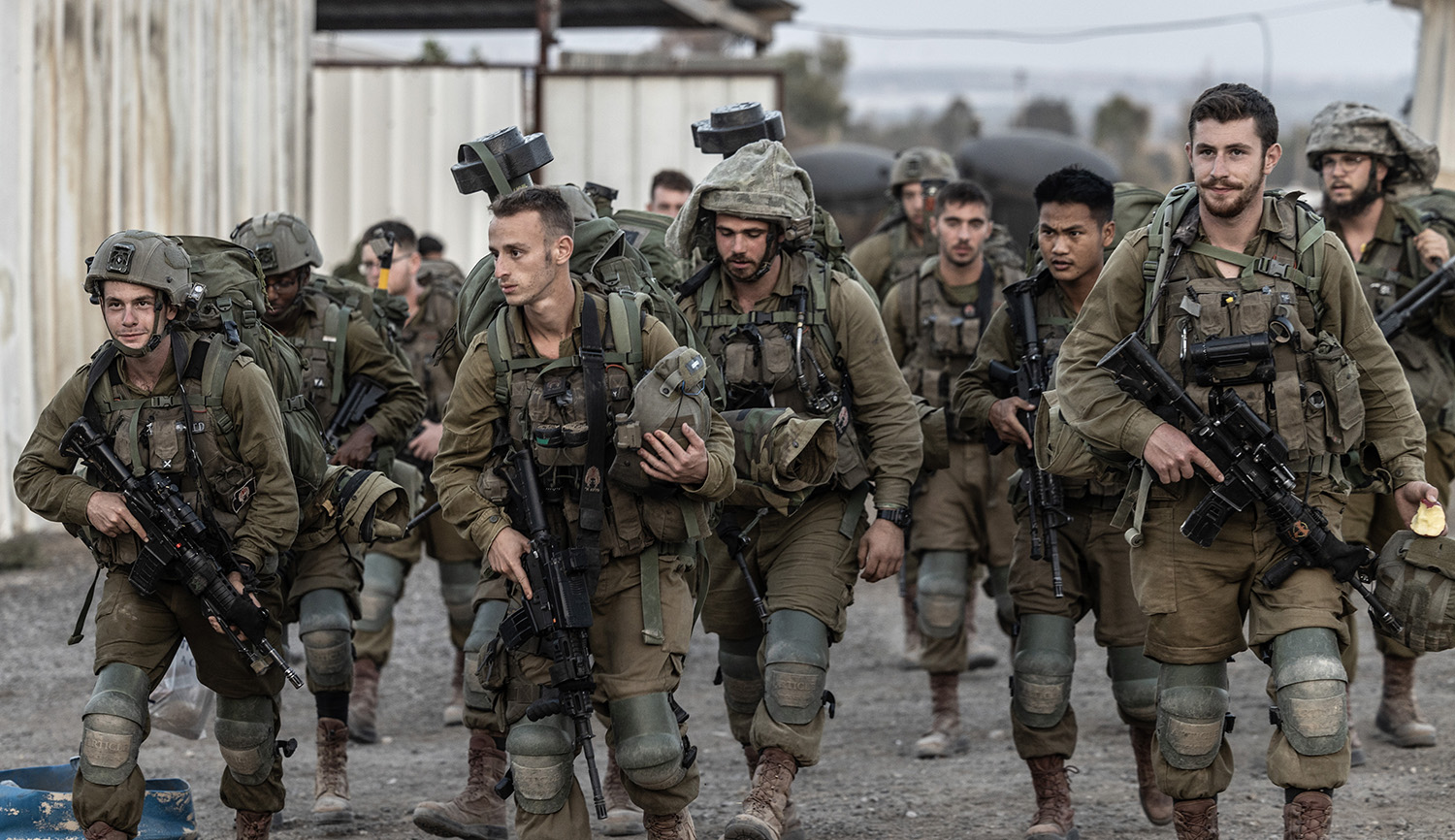Yesterday’s newsletter noted that eleven people were injured in the Hizballah drone attack on the Druze village of Hurfeish in northern Israel. Subsequently, one of them—Sergeant Refael Kauders—died from his wounds. Yoav Zitun describes the sophisticated way in which the Lebanon-based terrorist group used its drones to evade Israeli defenses, demonstrating
to what extent Hizballah and Iran have in the last eight months turned the Galilee not only into a land abandoned by its residents, but also into a research and development laboratory for weapons, to create accurate and deadly weapons in preparation for an extensive confrontation with Israel.
So far, nearly 1,000 rockets and drones have been launched from Lebanon, before a “real war” has even broken out in the north. Most of the launches are in daylight, because that way it is easier to aim and hit. The research and development of the Hizballah-Iran axis also surprises the Israeli side, so much so that the accurate and long-range anti-tank missiles have already [appeared in] a third-generation version in the last month.
The response of the IDF is not only defensive in the face of these threats but also offensive in the form of hundreds of bombings of weapons centers, [some] deep inside Lebanon, but Hizballah has used since the outbreak of the war quantities of weapons that could testify to a huge arsenal, possibly beyond what Israeli intelligence knows.
As the Israeli news website Walla reports, IDF officers believe they have “caused massive damage to Hizballah” with these airstrikes, yet the terrorist group still retains the ability to launch more significant and coordinated attacks. More worrisome still is their assessment that Hizballah’s supply of the most advanced missiles remains intact.
More about: Gaza War 2023, Hizballah, Iran, Israeli Security


